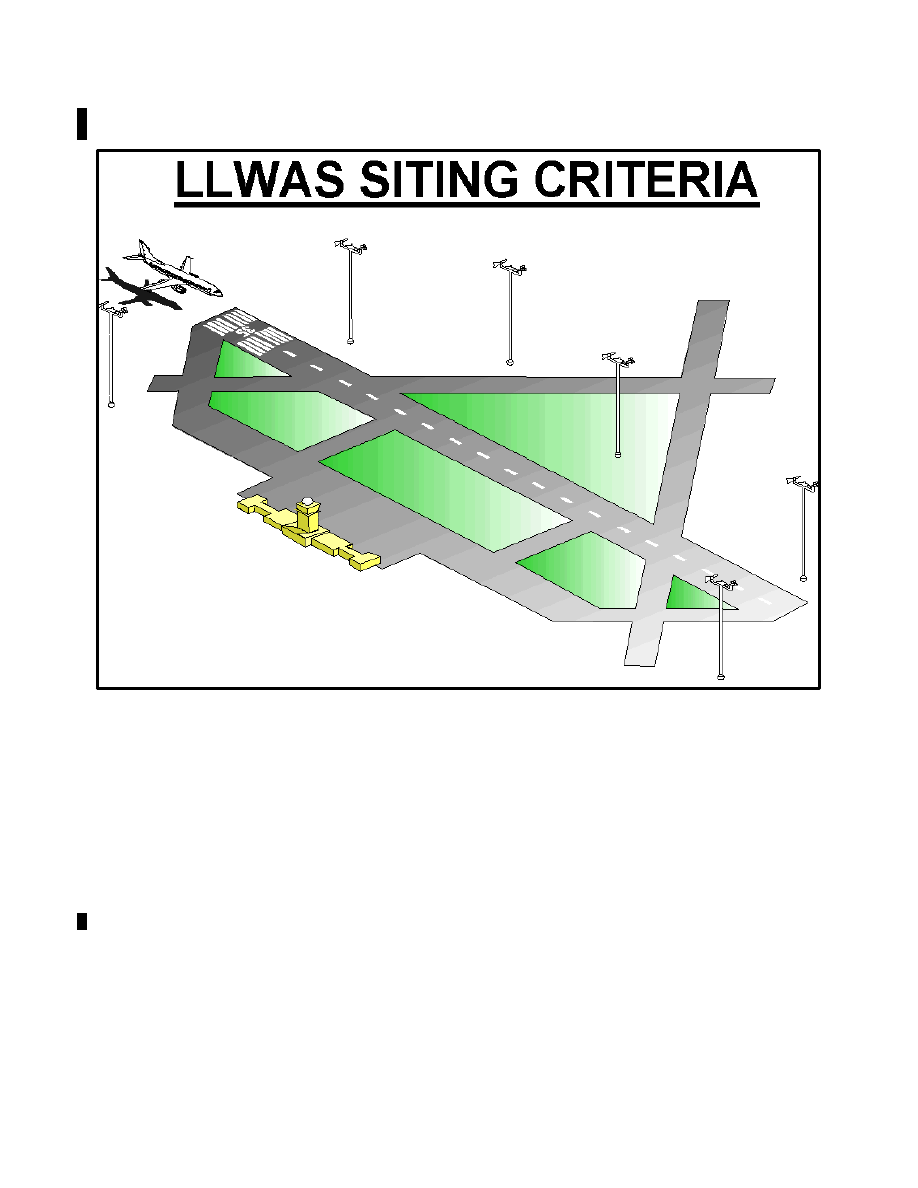
AIM
4/20/23
example would be a NEXRAD radar composite/mosaic map, which has been modified by changing the scaling
resolution. The methodology of assigning reflectivity values to the resultant image components should be
described in the vendor’s guidance material to ensure that the user can accurately interpret the displayed data.
TBL 7
−
1
−
3
FIS
−
B Over UAT Product Update and Transmission Intervals
Product
Update Interval
1
Transmission
Interval (95%)
2
Basic
Product
AIRMET
As Available
5 minutes
Yes
AWW/WW
As Available, then at 15 minute
intervals for 1 hour
5 minutes
No
Ceiling
As Available
10 minutes
No
Convective SIGMET
As Available, then at 15 minute
intervals for 1 hour
5 minutes
Yes
D
−
ATIS
As Available
1 minute
No
Echo Top
5 minutes
5 minutes
No
METAR/SPECI
1 minute (where available), As
Available otherwise
5 minutes
Yes
MRMS NEXRAD (CONUS)
2 minutes
15 minutes
Yes
MRMS NEXRAD (Regional)
2 minutes
2.5 minutes
Yes
NOTAMs
−
D/FDC
As Available
10 minutes
Yes
NOTAMs
−
TFR
As Available
10 minutes
Yes
PIREP
As Available
10 minutes
Yes
SIGMET
As Available, then at 15 minute
intervals for 1 hour
5 minutes
Yes
SUA Status
As Available
10 minutes
Yes
TAF/AMEND
6 Hours (
±
15 minutes)
10 minutes
Yes
Temperature Aloft
12 Hours (
±
15 minutes)
10 minutes
Yes
TWIP
As Available
1 minute
No
Winds aloft
12 Hours (
±
15 minutes)
10 minutes
Yes
Lightning strikes
3
5 minutes
5 minutes
Yes
Turbulence
3
1 minute
15 minutes
Yes
Icing, Forecast Potential (FIP)
3
60 minutes
15 minutes
Yes
Cloud tops
3
30 minutes
15 minutes
Yes
1 Minute AWOS
3
1 minute
10 minutes
No
Graphical
−
AIRMET
3
As Available
5 minutes
Yes
Center Weather Advisory (CWA)
3
As Available
10 minutes
Yes
Temporary Restricted Areas (TRA)
As Available
10 minutes
Yes
Temporary Military Operations Areas
(TMOA)
As Available
10 minutes
Yes
1
The Update Interval is the rate at which the product data is available from the source.
7
−
1
−
26
Meteorology